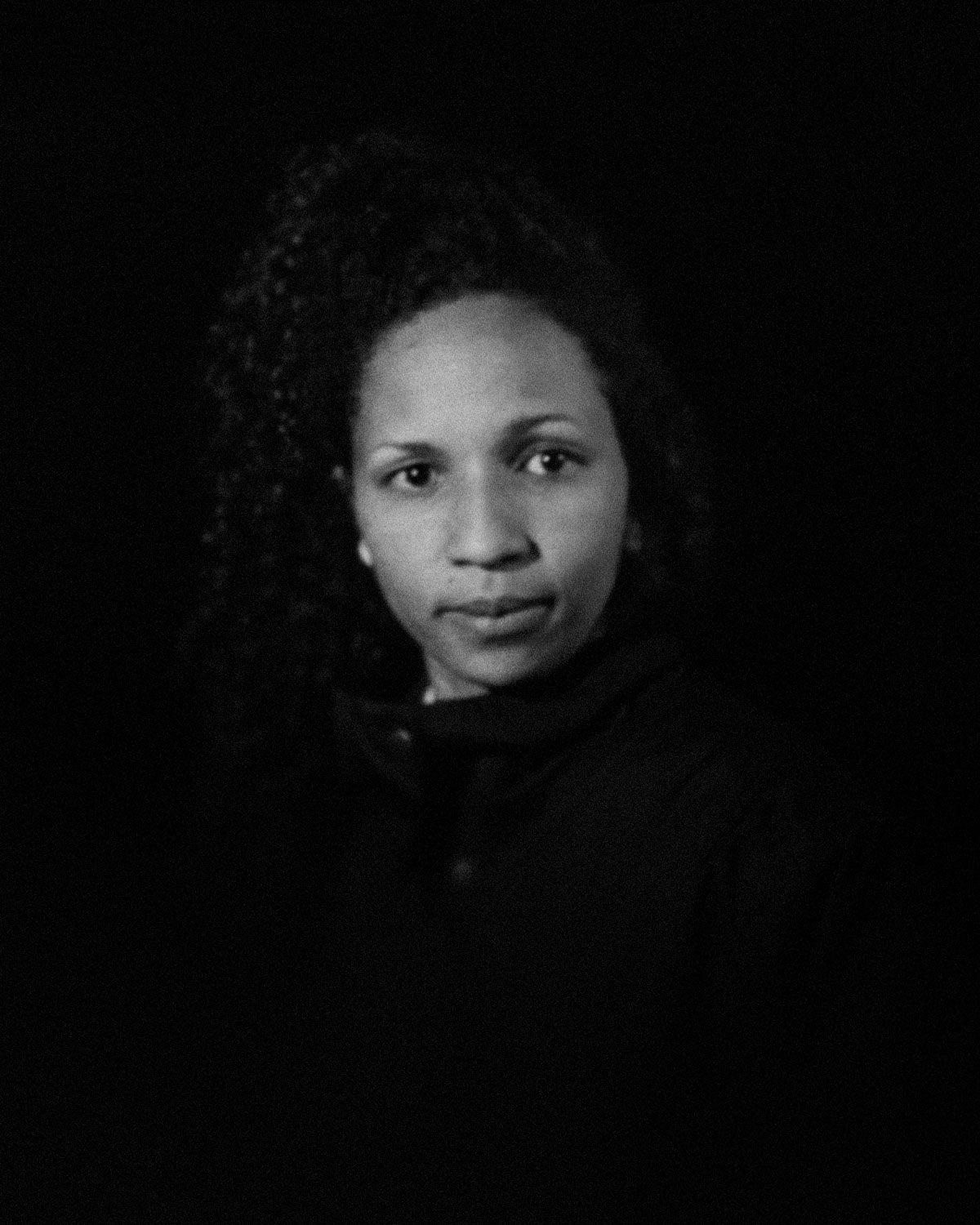MYRIEM KARIM
Born in Nanterre in 1991, Myriem Karim has approached the relationship between the body and space through dance and she has taken up her photographic practice through literature. The work of the photographer Denis Riches made her discover that literature could interweave with photography. In 2016, she completed her master’s degree in Literature with an aesthetic study entitled: (Des)saisissement du Temps avec Notre Antéfixe by Denis Roche, obtained with honours under the supervision of the philosopher Pierre Zaoui at the Université Paris Diderot.
Her photographic work questions our relationship with places and matter associating poetry and photography, two media she considers both independent but complementary in their practice. Her photography always tells the story of a body and a landscape space, enhance their interactions and reciprocity, a look inside a landscape, an observation of uninhabited, natural places, which questions the relationship of mutual traces and imprints. Her images revisit places she has already photographed during random peregrinations (Je suis venue ici, already 2018). This repetition is an integral part of her artistic process and the vagaries of silver photography make it possible to have an experimental approach. In the autumn 2019, she was the winner of the 1+2 Residency Factory at the Confluence Garonne-Ariège Regional Nature Reserve in partnership with Nature En Occitanie. In 2020, she was awarded the Grand Prix MAP/CD 31 and she exhibited her series Nous habitons la nuité de notre corps. In her practice Myriem Karim is in search for what is original and for the ties that bind us to the world and the time.
Myriem Karim lives and works in Montpellier.
THEME(S): Geographical and géological sciences
How do mountains (de)shape themselves ? How old are the rocks ? How can we be part of the landscape and experience cartography ?
Following in the footsteps of Franz Schrader (1844-1924), inventor of the « orograph » in 1873: a tool invented to draw mountainous regions, in the Pyrenean cirques of Gavarnie, Troumouse, Estaubé, L’Empreinte des millénaires, explores the links between the topography, knowledge of a territory and the perception of a space offered through photography. In the light of the earth sciences, I examine the question of the landscape evolution of these ancient glacial valleys by probing our way of being-in-the-world.
What do we decide to inherit from a place? What possible stories are told and what future potentials are played out there?
Faced with the finitude of the mountains, topographic maps reveal a snapshot of the place: a connection with space at a given moment. Where the curves of the levels stand out as reliefs and strata of geological imprints, the slowness of the inner fold and infinite rocks.
The orograph expresses a dynamic of the gaze. It is a quick scan that places the subject in the heart of the landscape, the view is not overhanging. It can be apprehended more by the attachment to the place than by its prism of representation.
To embody it, I borrowed from the geologist Michel de Saint-Blanquat (Géosciences environnement Toulouse/ Observatoire Midi-Pyrénées laboratory), from the geomorphologist Vincent Regard (Géosciences environnement Toulouse/ Observatoire Midi-Pyrénées laboratory), and from the geographer Jean-Paul Métailié (GEODE / Université Toulouse-2 Jean Jaurès), their tools for understanding the terrain: variation in the scale of observation of phenomena, repetition of photographic routes, geological sectioning, and the methodology of transects.1
Walking allows us to cross the territory that crosses us in return, and to multiply the points of view. The body is caught up in an interpersonal dimension and sensitive to the landscape. The ground is a resource and a resistance. It is an intimate encounter. The feeling of nature occurs. To which is intertwined the anxiety of the landscape produced by the fading of time and the movement in space. The aesthetic experience of the world emerges through walking as a creative process. The body is engaged in the meditation of things.
Everything becomes flow, immersion, chance.
1. A crossing, following an imaginary and vertical line, of a Geographic space so that landscapes components can be analyzed)

